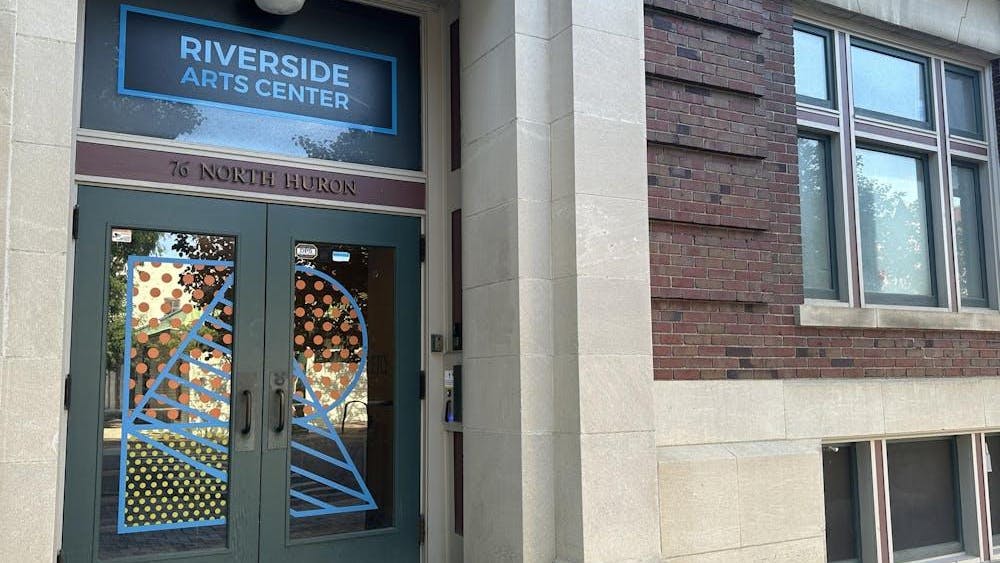Michigan Gov. Rick Snyder had already raised the ire of residents in multiple cities, namely Detroit, when he empowered state administrators to take over city finances.
Republican Snyder, who is currently in an election battle with Mark Schauer, a Democrat, has also empowered an arcane entity known as the Education Achievement Authority to take over school districts and public universities with low student achievement.
The EAA is a public corporation established in 2011 and is set to expire when its contract with Eastern Michigan University and the Detroit Public School system ends. Similarly, Kevyn Orr’s contract to oversee the finances of Detroit is set to expire in October, when the city is expected to exit federal bankruptcy.
Intergovernmental cooperation is not uncommon, states and localities often share the responsibility and cost for public services. What is uncommon about the EAA is that while cooperation is voluntary, the EAA has the ability to build new structures, alter contracts, hire and lay off personnel, and spend money on behalf of the entities they are in partnership with.
All of this power stems from a law enacted by the state Legislature and former Gov. George Romney – father of Mitt Romney – in 1967. This law was titled the Urban Cooperation Act.
The law was intended to allow “interlocal agreements” and to “provide standards for those agreements.”
Section 4 of the law specifically allows for an entity like the EAA: “A public agency of this state may exercise jointly with any other public agency of this state, with a public agency of any other state of the United States, with a public agency of Canada, or with any public agency of the United States government any power, privilege, or authority that the agencies share in common and that each might exercise separately.”
Other states have experimented with ways to turn around moribund schools in their jurisdictions.
In Massachusetts, the Lawrence Public Schools system has been in state receivership for a year.
Receivership is a term for when a person, business or public entity is placed in the custodial responsibility of a court appointed administrator, especially when the subject has filed for bankruptcy.
Currently in Duquesne, Penn., Paul Long has been appointed by a state court to act as a receiver and turn around the city’s school system.
The experiment with the EAA and EMU will last until approximately 2026, in accordance with the 15-year term of the consent agreement. This is unless the university petitions to exit the process ahead of schedule. The contract between the two entities can also be renewed for five year increments after the initial 15 year term has ended.
Until the term of the consent agreement expires, the EAA will strive to remodel educational curriculum and physical structures in order to advance student achievement. The stated purpose of the EAA is also to improve safety within schools.
Snyder has claimed not only a mandate from voters, but a constitutional mandate to intervene in school districts and public universities where he deems achievement to be subpar.
“Religion, morality and knowledge being necessary to good government and the happiness of mankind, schools and the means of education shall forever be encouraged,” reads Section 1 of
Article VIII of the state Constitution.
Section 2 of Article VIII instructs the state Legislature to spend all necessary funds to make sure the mandate of Section 1 is met. Aside from increases in education expenditures this year, after years of cuts, the EAA has become a part of that mandate in the eyes of many.
Governance of the EAA includes an authority board and an executive committee. EMU’s leadership is entitled to appoint two members to the authority board, as is the Detroit Public Schools system.
The other seven members of the total 11 who serve on the authority board are appointed by the governor.
Members of the executive committee are drawn from the authority board. The executive committee consists of five members. One member is appointed for four years. Two members are appointed for three years, and another for two years. A member of the committee serves for one year after they’ve been appointed. This executive committee then picks a chancellor to handle the day-to-day operations of the EAA.
John Covington, the chancellor of the EAA, has the power to reduce or increase personnel, shut down facilities and dole out funds. His powers are comparable to that of Orr, the emergency manager in Detroit. The opposition that both men have received from stakeholders in the community, especially public employees, has also been comparable.
The next election will likely decide whether or not the power of men like Orr and entities like the EAA will continue to be exercised.






